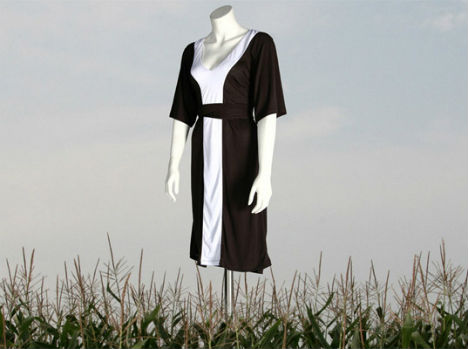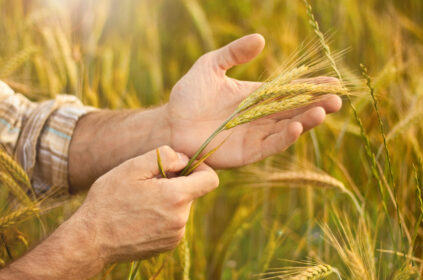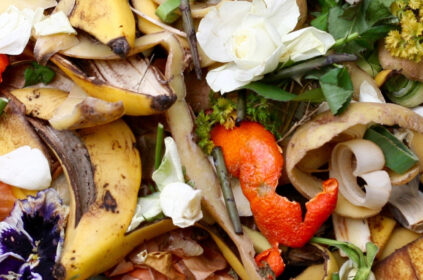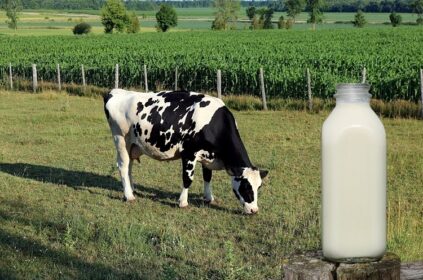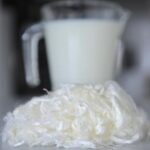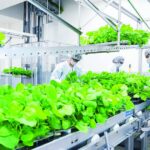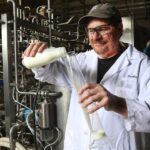Did you know that cotton crop is regarded as one of the most toxic to the planet, consuming more than 25% of all insecticides used in the world? See the second article of the series “Dress up Food”.
20 000 litres of water are needed to produce 1 kg of cotton. This amout is enough to produce only a t-shirt and a pair of jeans. That’s why it’s so important to explore new textiles. The food is to eat and its waste is to wear.
Have you missed the first article? See here!
3- Soy
In addition to being a source of vegetable protein, soy is also a source of raw material for clothes. Done with the waste of tofu production, its main benefits are: increased resistance to wool and cotton, texture and comfort similar to cashmere, and it reacts well with various dyes.

4- Corn
Synthetic fibers are mostly derived from oil. Ingeo is a fiber made from corn, 100% vegetable and only requires half the energy used to produce the common polyester. Corn starch is a fermented base for garment products and also bio-plastics. Made from corn dextrose, fabric production comes from crops already used for fuel production and uses less than 0.5% of these areas, not impacting current corn prices.
The resulting fabric is biodegradable, antibacterial and quick drying, suitable for sportswear. It is hypoallergenic (can be used on sensitive skin) and no knead, so you do not need to be ironed.
5- Leftovers accessories
In addition to dress up food, you can also use it in accessories. Bio Trimmings, English startup, produces accessories with food leftovers. Beans cucumber, everything can be leveraged in their purses, necklaces and buttons. And of course, it is durable, hand-made and the products have no smell.

When buying clothes, look for eco-fabrics and, if you choose cotton, give preference to organic cotton. Nature thanks you!
Don’t miss the third and final article of the series “dress up Food” here!
References: Web Ecoist, Brooklin Fashion + Design Accelerator, Organic Consumers Association, World Wildlife Fund, Eco Watch, Swicofil, Stylo Urbano

